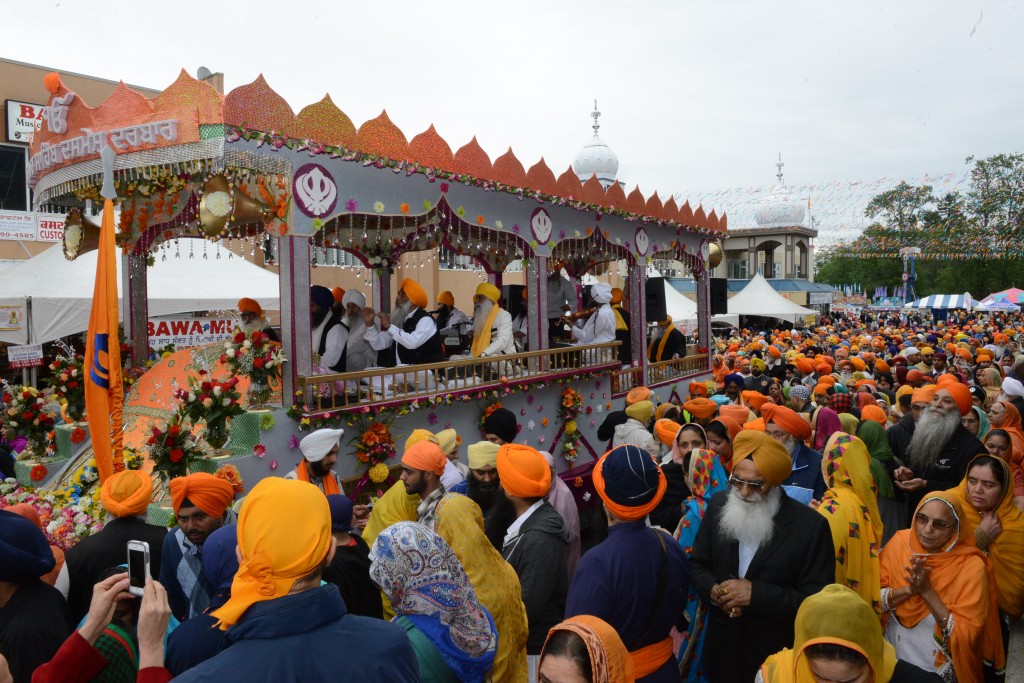DESIBUZZCanada
Events Listings
Dummy Post

International Day Of Yoga To Be Virtually Celebrated Saturday At 4pm

CANCELLED: Coronavirus Fears Kills Surrey’s Vaisakhi Day Parade

ADVERTISE WITH US: DESIBUZZCanada Is The Most Read South Asian Publication Online

SURREY LIBRARIES: Get Technology Help At Surrey Libraries

WALLY OPPAL: Surrey Police Transition Update On Feb. 26

GONE ARE THE DAYS - Feature Documentary Trailer

Technology Help At Surrey Libraries

Birding Walks

Plea Poetry/short Story : Youth Contest

International Folk Dancing Drop-in Sessions
VIOLENCE AGAINST WOMEN: Society Must Stop This Barbarian Act And Respect Human Rights
- January 29, 2023

Zile Singh
Violence against women is about the control and coercion of women at home in relationship as well as at workplace. In relationship, it is a pattern of power and control. At workplace it is about the vulnerability of a female worker. In relationship, individual events may not appear violent or abusive, but added up and experienced over time, they result in one partner holding the power and having a lot of control over the other.
The violence against women lists physical and sexual assaults. According to statistics, almost 50% of women in Canada have experienced sexual or physical violence. Each year, 20,000 women in British Columbia experience relationship violence. Violence against women is not a ‘women’s issue. Rather it is an issue of ‘human rights’ that affects everyone. It is not a ‘private or family’ issue but a systemic problem all over the world.
Culturally Defined Vulnerability participants from service agencies indicated that the majority of their South Asian clients were first generation immigrants to Canada. They stated that South Asian in specific geographic areas in Canada have often emigrated from a defined area in their country of origin. Immigrants often have a fixed belief of what norms were ‘back home’ and they apply these standards to women in Canada without appreciating the changing nature of the culture. Participants in some workshops indicated that they believed violence against women is more prevalent in their Surrey community than in their towns and cities of origin in India and Pakistan.

The South Asian religions, to start with, placed woman in high esteem. Women were regarded as mother goddess (Shakti) in the Vedic Period (1500-1000 BC), a symbol of life with enormous ability for tolerance and sacrifice, and so they held a respectable place in society. Women were associated with property in the Epics and Puranas. Over the passage of time, things however changed. The Laws of Manu both praise women as essential in the household and also denigrate them as fickle, unreliable, corrupt, and licentious. They cannot be granted independence from men. The primary duty of a woman is to be subservient to the husband, his relatives, and her children.
Even Buddhism didn’t help women much. Women were allowed to join the Sangha 500 years after the Buddha. The Jain monastic hierarchy is structured through the gendered ideology of domesticity, with the patriarchal authority. Guru Nanak, the first Guru in Sikhism insisted that women should not be treated as inferior. The holy scripture of Sikhism states that women are entitled to the same rights and privileges as men. However, in practice, the situation is unsatisfactory. As the saying goes, “All roads lead to Rome”, all south Asian religions are rooted in Hinduism. Psychology and belief play an important role in all religions. Based on this, a question was asked, “What is the main reason for preference for a son to a daughter”. Theanswer was that parents get Moksha only if the son light the funeral pyre and perform last rites, son carries the family lineage, and provide economic security to parents in old age.

The Indian constitution prohibits discrimination based on gender and empowers the government to undertake special measures for them. Women’s rights under the constitution mainly include equality, dignity, and freedom from discrimination. There are many statutes governing the rights of women. Protection of Women against Domestic Violence Act, 2005 provides a wide range of reprievefor physical, sexual, emotional, and economic abuse against women.
There are certain groups of human beings which either by nature or because of deep-rooted custom are weak and vulnerable.Women are one among those groups. The United Nations on 20 December 1993 adopted a Declaration on the Elimination of Violence against Women. For the purpose of this Declaration, the term “violence against women” means any act of gender-based violence that results in, or is likely to result in, physical, sexual, or psychological harm or suffering to women, including threats of such acts, coercion, or arbitrary deprivation of liberty, whether occurring in public or in private life. “Right to Life” ismentionedprominently in the Declaration.
Although Canada launched a national strategy to combat gender-based violence in 2017, it doesn’t have a specific federal Act. While there is no specific offence of family violence in the Criminal Code, most acts of family violence are crimes in Canada. Relevant criminal offences could include offences related to the use of physical and sexual violence such as; assault (causing bodily harm, with weapon and aggravated assault).
Canada is a beautiful multicultural and multiethnic country. Many south Asians, under the guise of pseudo culture and machismo kill their life partner and the mother of their children with impunity. Let us raise our voice against domestic violence because “Every Life Matters.”
Zile Singh is a well respected Columnist, Writer and a Vipassana Meditater. He has a Post-Graduate Diploma in Human Rights. He can be reached at zsnirwal@yahoo.ca


















